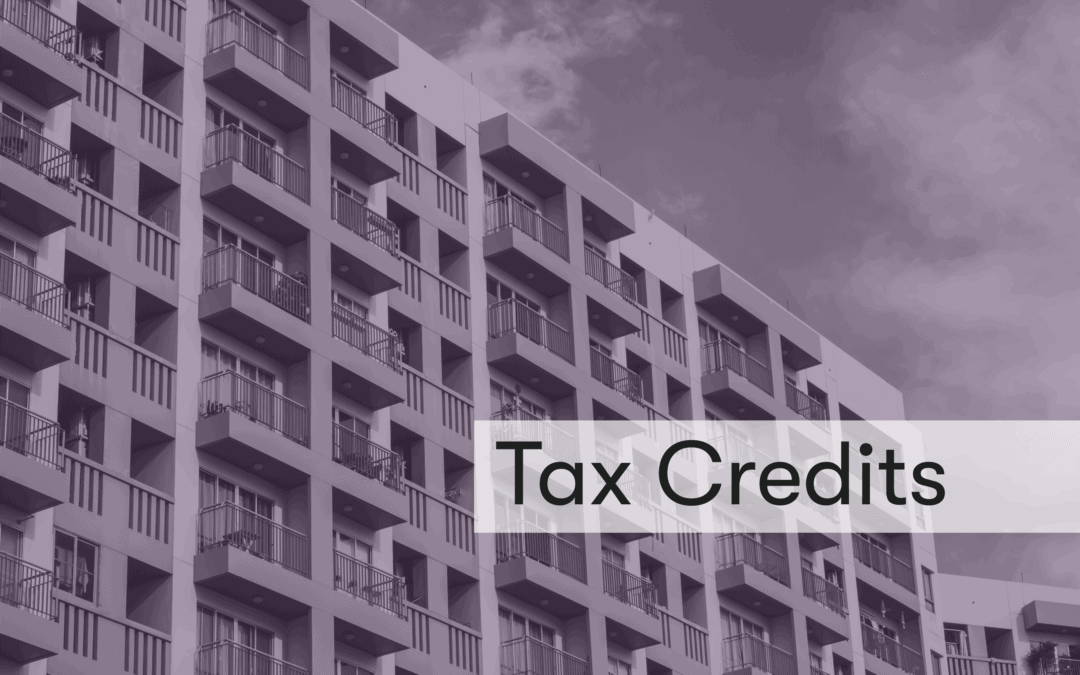For those unfamiliar with the Low-Income Housing Tax Credit Program (LIHTC), the number 8823 may have no particular meaning. However, if you are involved in the development, ownership or management of properties utilizing this federal affordable housing program then it should be part of your knowledge base for a thorough understanding of LIHTC. Internal Revenue Service (IRS) Form 8823 and its accompanying handbook, the Guide to Completing Form 8823, are critical pieces to the rather complicated puzzle of establishing and maintaining compliance with the program’s federal regulatory requirements as detailed in Section 42 of the Internal Revenue Code.
The 8823 form itself is utilized by housing credit agencies, who have compliance oversight of LIHTC properties, when reporting noncompliance findings to the IRS during the initial 15-year compliance period. These forms are filed on a per building basis, determined by the Building Identification Numbers (BINs), and include provision for other relevant building information along with a laundry list of noncompliance issues identified by the IRS. These issues are covered in items 11a-q on the form and include examples such as household income being above the income limit at initial occupancy, the gross rents exceeding the tax credit limits, and violations of the Vacant Unit Rule. Upon conclusion of their compliance monitoring reviews, the housing credit agencies complete the form by checking the applicable boxes by line item, indicating whether the building was found out of compliance and if the noncompliance has been corrected in the meantime. (LIHTC owners are given a correction period of up to 90 days once noncompliance has been found before the credit agency notifies the IRS.) The 8823s are then submitted to the IRS for its records and it is at the IRS’s discretion as to whether there will be follow-up to the findings, which could potentially result in the loss of tax credits to the project’s investors.
First published in 2007, the Guide for Completing Form 8823 was a long-awaited companion piece to the 8823 Form as practitioners were urgently seeking IRS interpretation of the Section 42 regulations in order to better manage LIHTC properties. The Guide’s chapters follow the same order of the noncompliance issues listed in items 11a-q of the Form 8823 and provide concrete examples of what the IRS considers to be in compliance with each provision, out of compliance and back in compliance. In the opening chapter, the IRS is clear that the Guide is written for housing credit agencies when preparing Form 8823, however it also provides vital clarification for the industry with regard to its federally recognized noncompliance topics. Thus, the Guide helps to ensure greater consistency in interpretation of the regulations among housing credit agencies and in how the agencies cite and report noncompliance issues to the IRS. It should be noted that the Guide was last updated in 2011 so there are numerous areas of its guidance that have since become obsolete. The IRS states in the Guide that in such cases, the chapter where the information is contained becomes obsolete as of the effective date of the revised legal authority.
The Form and Guide can be found online at:
Form IRS 8823: https://www.irs.gov/pub/irs-access/f8823_accessible.pdf
Guide to Form 8823: https://www.irs.gov/pub/irs-utl/lihc-form8823guide.pdf

